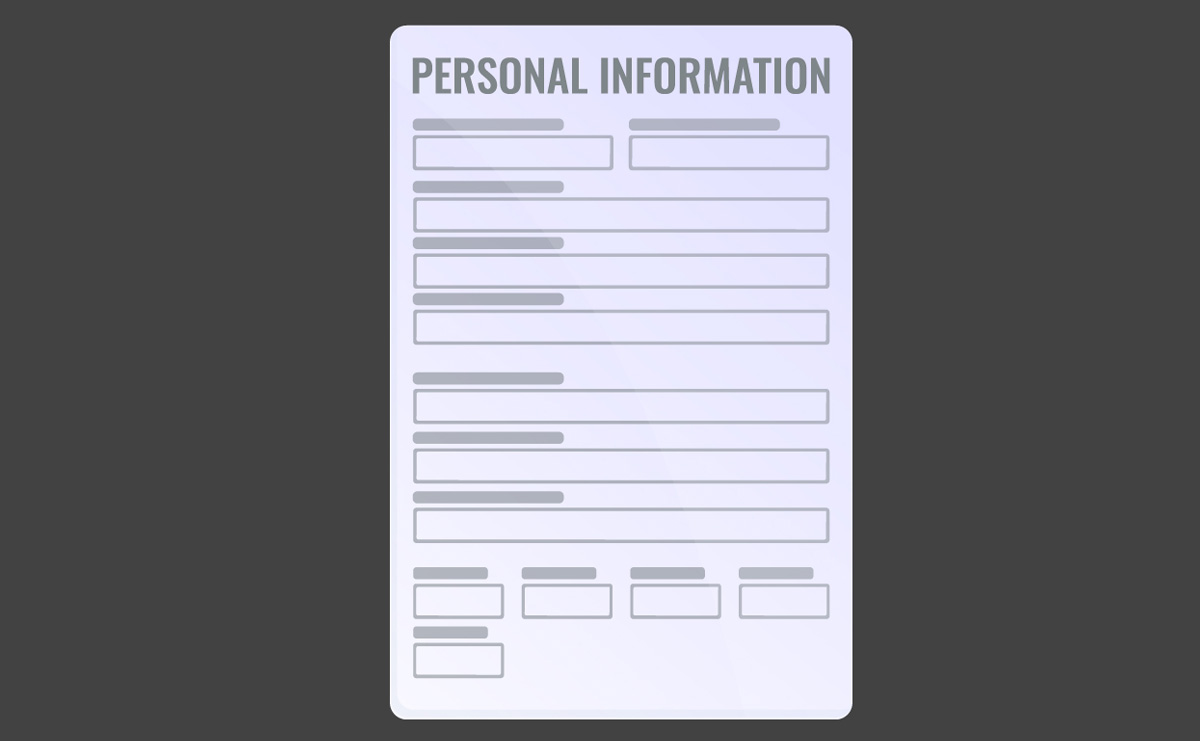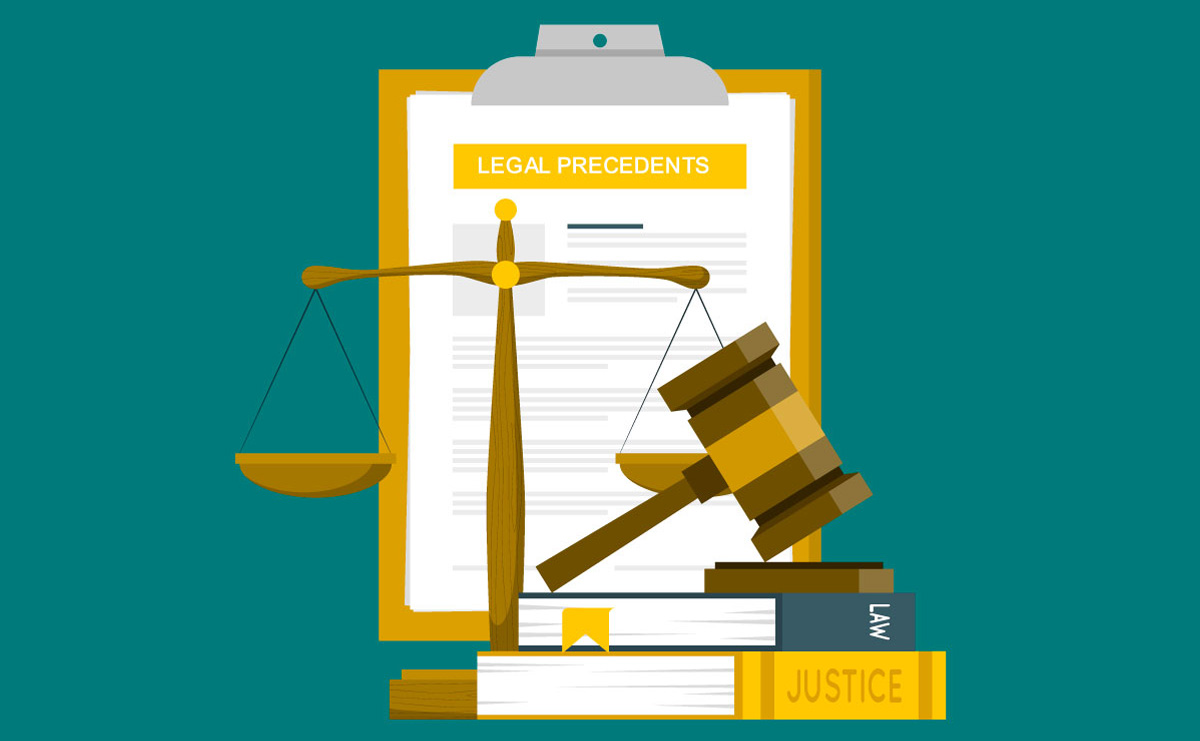California Courts | Legal Forms – UD-115
UD-115 – Stipulation for Entry of Judgment – California Courts
The UD-115 form, titled “Stipulation for Entry of Judgment (Unlawful Detainer) California” is a legal document approved for optional use by the Judicial Council of California. This form, introduced on January 1, 2003, under the Code of Civil Procedure, § 664.6, is designed to facilitate a mutual agreement between a plaintiff and a defendant in cases of unlawful detainer, commonly related to disputes over property possession and rental agreements. This stipulated judgment California serves as a crucial tool in resolving unlawful detainer disputes outside of a full court trial, allowing parties to come to an agreement on possession, financial obligations, and the procedure for formalizing the judgment in court.
Filling out the UD-115 form, unlawful detainer stipulation and judgment,” requires careful attention to detail. This document is a legal agreement between a plaintiff and defendant in cases of unlawful detainer, often related to rental property disputes. Below is a step-by-step guide to help you accurately complete this form:
For Court Use Only
- CASE NUMBER: Enter the case number as assigned by the court.
Attorney or Party Without Attorney
- Name and State Bar Number, and Address: If you’re represented by an attorney, their details go here. If not, include your name and address.
- Telephone No.: Provide a contact number. Fax and email are optional but helpful for communication.
Attorney For (Name)
- If applicable, state the name of the party the attorney is representing.
Superior Court of California, County of
- Street Address, Mailing Address, City and Zip Code, Branch Name: Fill in the details of the court handling your case.
Plaintiff/Defendant
- Enter the names of the plaintiff (the party initiating the lawsuit) and the defendant (the party being sued).
Stipulation for Entry of Judgment
- Stipulation: Both parties must agree to the terms of judgment and provide their names.
- Awards: Specify what the plaintiff or defendant is awarded, including:
-
- Possession of premises: Address of the property.
- Cancellation of the rental agreement, past due rent, holdover damages, attorney fees, costs, deposit, and other: Fill in the financial details as agreed.
- Total to be paid and payment details: Specify the total amount due and the terms of payment.
- Deposit: If applicable, outline the conditions related to the security deposit return or statement provision.
- Writ of Possession: Mention the date lockout can occur if different from immediate issuance.
- Agreement for Installment Payments: Detail the payment plan if installment payments are agreed upon.
Agreement for Installment Payments
- Select the appropriate option regarding the judgment entry and provide details on the payment arrangement or attached judgment form (if any).
Additional Stipulations
- Further Stipulate: If there are additional agreements between the parties, specify them here.
Rights and Acknowledgments
- Understanding Rights: Acknowledge the rights to attorney representation and court hearings about defaults in stipulation terms. This section must be dated and signed by both parties or their attorneys.
Order
- It is so ordered: This section is for the judicial officer’s signature and date, formalizing the agreement.
Signature and Date
- Ensure all parties involved or their attorneys sign and date the form where indicated. If more space is needed for signatures or additional terms, attach the appropriate forms as indicated.
After filling out the form, review all sections carefully to ensure accuracy and completeness. This form must then be filed with the court and served to the relevant parties as required by law.
Disclaimer: This guide is provided for informational purposes only and is not intended as legal advice. You should consult the Residential Tenancies Act or a legal professional.




